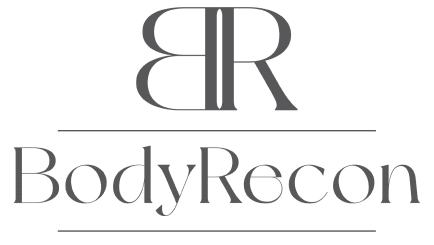ABOUT GYNAECOMASTIA
Gynaecomastia is the medical term for male breast enlargement. It is a common condition and can affect one or both breasts. There are a number of causes for this condition including hormonal imbalance during adolescence, certain diseases and the side effects of some medicines and drugs. Important causes can be excluded by a thorough clinical assessment and blood screening tests. In the vast majority of cases no clear cause is found. This condition can lead to discomfort in the breast area as well as anxiety, significant psychosocial issues relating to embarrassment, low self esteem, reluctance to participate in sport and lack of confidence in relationships.
There are a number of surgical procedures for gynaecomastia. All are performed under general anaesthesia. The operation usually takes 2 hours and is performed as a day procedure. In cases where the excess breast tissue is soft and fatty, and particularly when there is not a large amount of excess skin, liposuction can be very effective. During this procedure, the excess fatty breast tissue is sucked away. This needs only very tiny scars. If the amount of excess breast tissue is too firm to be removed by liposuction, then a cut is made around the lower half of the nipple and the excess breast tissue is removed.
FREQUENTLY ASKED QUESTIONS
Not everyone is suitable for a gynaecomastia correction. Suitability is a matter for you and Dr. Rahdon to discuss following a thorough analysis of your medical history and a thorough clinical consultation. In general you will have to be in good health and be in a healthy weight range.
The surgery flattens the breast area and provides a more natural male contour and shape to the chest wall.
This depends on the surgical technique performed. During your consultation Dr. Rahdon will discuss with you which technique you are suitable for. If liposuction alone is used, there will only tiny scars situated in the lower part of the breast fold area. If the breast tissue requires surgical excision, then the scar will either be around the lower edge or the whole edge of the nipple/areolar complex. In any case, the scars are usually well hidden.
The operation is usually not very painful. While in hospital strong painkillers can be given to keep you comfortable. We will give you tablets to take when you go home to keep you comfortable.
Following surgery, you should wear a firm compression dressing for 2 weeks. Depending on your job you can usually return to work for light duties after two weeks. By six weeks you should be able to return to full activities including sport.
The visual improvement in chest contour will be seen immediately after a gynaecomastia correction. However, there is often some bruising and swelling which may last several weeks. The scars will undergo colour and texture changes over a period usually varying from 6 months to 2 years. The final result can usually be judged at around 6 months to 1 year following surgery. The results of a gynaecomastia correction are long lasting.
Complications are uncommon following gynaecomastia correction. During your initial consultation Dr. Rahdon will have a full discussion with you about the risks and complications of surgery. If you decide to go ahead with surgery, these risks will again be discussed as part of the consenting process. Fortunately, with correct patient selection and appropriate procedure selection, the risks are kept to an absolute minimum. It is important that you should be reassured that Dr. Rahdon will not agree to perform any cosmetic procedure on you unless he feels the benefits significantly outweigh the risks.
Any surgical or invasive procedure carries risks. Before proceeding, you should seek a second opinion from an appropriately qualified health practitioner.
Interested in learning more? Book a consultation today.

